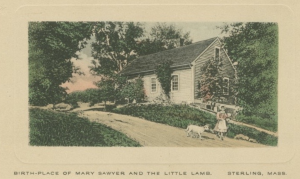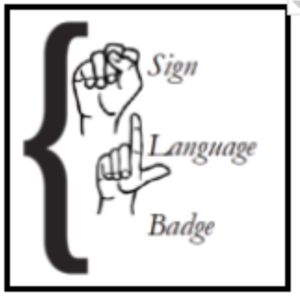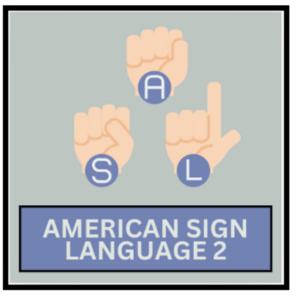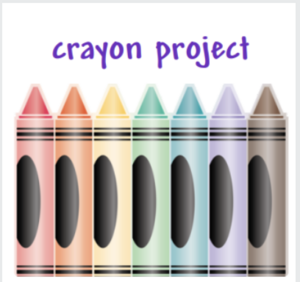 You may have heard the nursery rhyme “Mary Had A Little Lamb,” but you probably didn’t know this was based on true story! Learn about the history behind this nursery rhyme in this early enrichment mini spark.
You may have heard the nursery rhyme “Mary Had A Little Lamb,” but you probably didn’t know this was based on true story! Learn about the history behind this nursery rhyme in this early enrichment mini spark.
Spark your thinking!
1. Set up your Early Enrichment Mini Spark recording page: #40: Mary DID Have a Little Lamb
2. Sheep are amazing farm animals that have been helping humans for thousands of years! Let’s learn some cool facts about these woolly friends.
What Makes Sheep Special
- Sheep have excellent memory and can remember up to 50 different sheep faces
- Baby sheep are called lambs
- Female sheep are called ewes
- Male sheep are called rams
- A group of sheep is called a flock
Sheep Superpowers
- They have rectangular pupils that help them see almost all the way around them
- Their wool grows forever and needs to be cut (sheared) regularly
- One sheep can produce 2-30 pounds of wool each year
- Sheep have great balance and can climb mountains
- They can smell water from far away
How Sheep Help Us
- Wool for warm clothes
- Milk for cheese
- Meat for food
- Help keep grass short in fields
- Their wool can be used in carpets and rugs
Fun Facts
- Sheep don’t have top front teeth
- They can make at least 40 different sounds
- Most sheep live 10-12 years
- Sheep are very social and like to stay in groups
- They can recognize human faces and voices
Did You Know?
Sheep are one of the first animals that humans kept as farm animals. They have been helping people for over 10,000 years!
3. The nursery rhyme, Mary Had a Little Lamb, which was was first published in 1830, is based on an actual incident involving Mary Elizabeth Sawyer, a woman born in 1806 on a farm in Sterling, Massachusetts. Listen to the original nursery rhyme. On your recording page write about what your reaction would be if there was a lamb in your classroom.

4. Read the history about Mary and her lamb.
In 1815, Mary, then nine, was helping her father with farm chores when they discovered a sickly newborn lamb in the sheep pen that had been abandoned by its mother. After a lot of pleading, Mary was allowed to keep the animal, although her father didn’t hold out much hope for its survival. Against the odds, Mary managed to nurse the lamb back to health. And, yes, the lamb would indeed follow her wherever she went and did have a fleece as white as snow.
One day, Mary was heading to school with her brother when the lamb began following them. The siblings apparently weren’t trying very hard to prevent the lamb from tagging along, even hauling it over a large stone fence they had to cross to get to Redstone School, the one-room schoolhouse they attended. Once there, Mary secreted her pet under her desk and covered her with a blanket. But when Mary was called to the front of the class to recite her lessons, the lamb popped out of its hiding place and, much to Mary’s chagrin and to the merriment of her classmates, came loping up the aisle after her. The lamb was shooed out, where it then waited outside until Mary took her home during lunch. The next day, John Roulstone, a student a year or two older, handed Mary a piece of paper with a poem he’d written about the previous day’s events. You know the words (except maybe for the 3rd verse):
Mary had a little lamb;
Its fleece was white as snow;
And everywhere that Mary went,
The lamb was sure to go.
It followed her to school one day,
Which was against the rule;
It made the children laugh and play
To see a lamb at school.
And so the teacher turned it out;
But still it lingered near,
And waited patiently about
Till Mary did appear.
5. Your task is to write your version of a 4th stanza. Your poem should be 4 lines long. Try to model the rhyming pattern.
6. Share your Early Enrichment Mini Spark recording page with your teacher or EY Coordinator.



 You may have heard the nursery rhyme “Mary Had A Little Lamb,” but you probably didn’t know this was based on true story! Learn about the history behind this nursery rhyme in this early enrichment mini spark.
You may have heard the nursery rhyme “Mary Had A Little Lamb,” but you probably didn’t know this was based on true story! Learn about the history behind this nursery rhyme in this early enrichment mini spark.




 Learn how to sign animal names in this early enrichment mini spark.
Learn how to sign animal names in this early enrichment mini spark.

 Did you know that you are not the only person that gets to do enrichment activities? Animals do, too! It may look like they are just playing or eating, but these enrichment activities challenge the animals’ brains and get then moving around.
Did you know that you are not the only person that gets to do enrichment activities? Animals do, too! It may look like they are just playing or eating, but these enrichment activities challenge the animals’ brains and get then moving around. 


 ock has set up an
ock has set up an 
